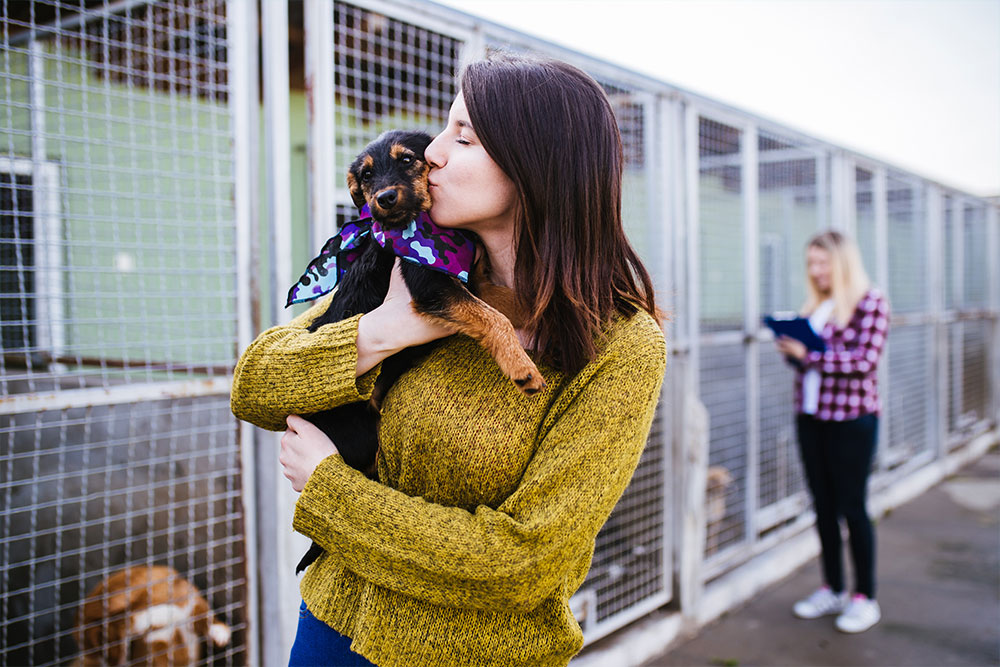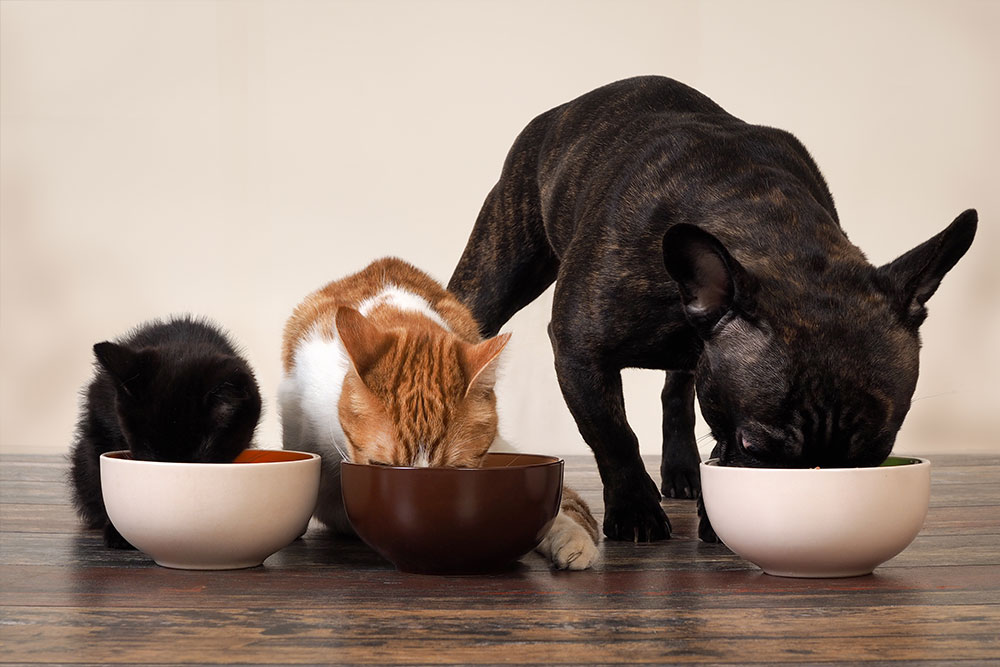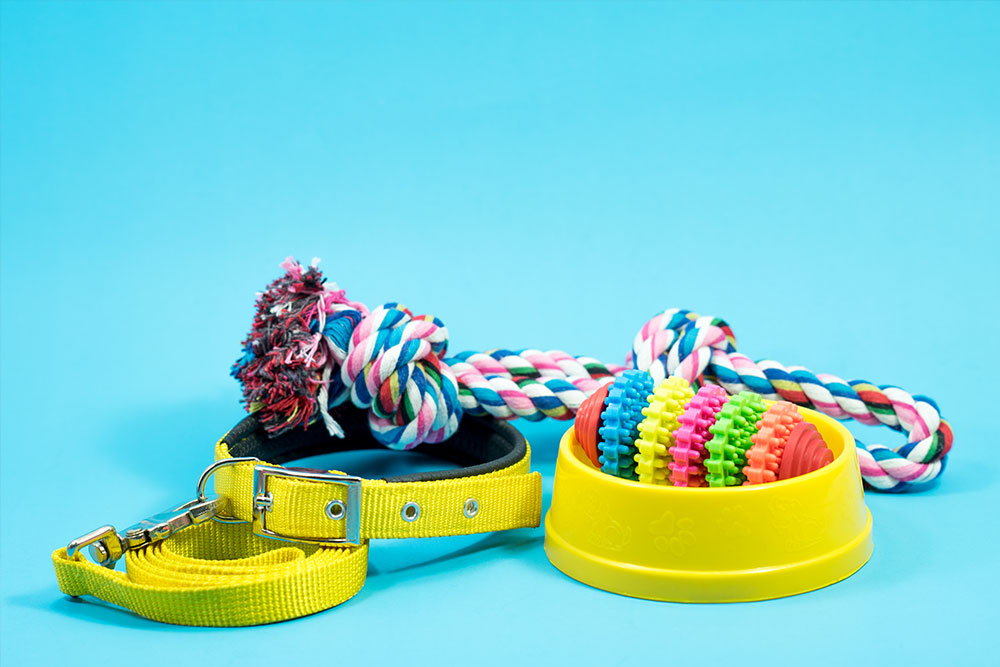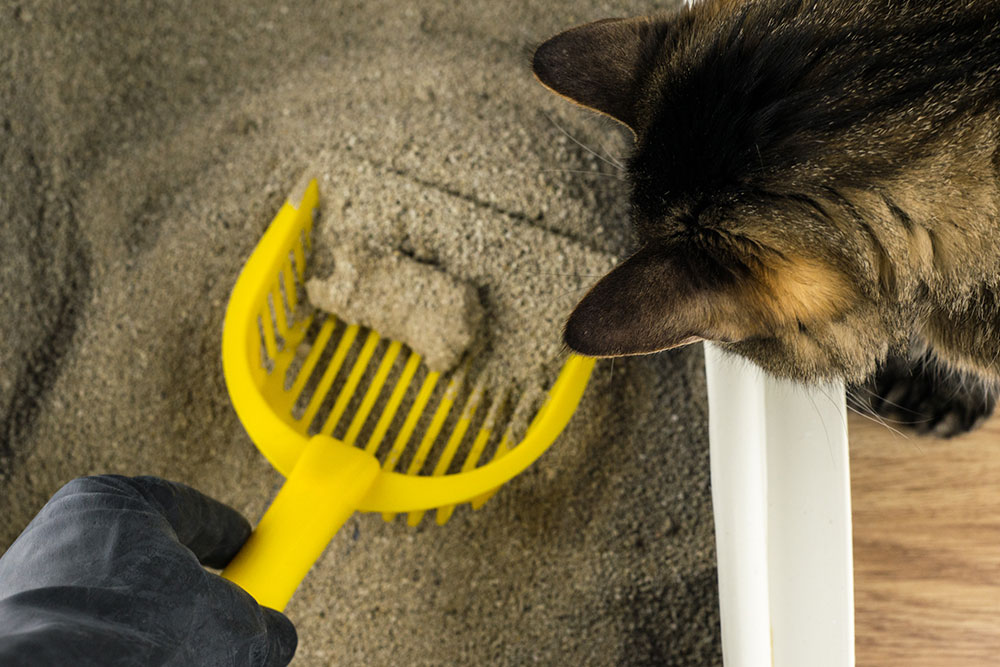You can ride your bike to work and use an energy-efficient light bulb, but how environmentally conscious are you as a pet parent? It’s possible that when you bring a pet home, the thought of conscious sustainable living is far from your mind. But the truth remains, that family pets leave a large carbon footprint. This suggests that as pet owners, we have a greater environmental effect than non-pet owners. Being a good pet parent entails realising that how we handle our pets, how we feed them, and how we clean up after them has a significant impact on the environment. Here are some tips to get you started on your journey of sustainable living with your fur baby.
1. Adopt, Don’t Shop

This is one tagline you may have come across various times, whether it’s from your friends, family, or even social media. After all, there is some truth to it. If you’re planning to bring a pet home, consider adoption. In India, the pet breeding industry is largely unregulated, with many breeders engaging in immoral and sometimes despicable activities in order to supply pedigree animals to those who can afford them. Adopting from a shelter frees up room in the facility for another abandoned or sick animal. You are also saving a stray dog or cat from an uncertain existence on the street by taking them in. Look for adoption events or contact your local rescue shelter to see if any animals are looking for new homes.
2. Feed Fresh Over Packaged

Usually, pet owners also want to feed their dogs or cats artificial foods such as kibble. Not only has it been established that this type of food is unsafe for animals, but it is almost always wrapped in plastic. If you have the time, the safest way is to prepare food for your pets at home, taking into account their dietary requirements. It is advisable to consult your veterinarian if you're unsure how to proceed. You can also substitute plastic-packaged food for canned food packages, which can then be recycled after use. However, when introducing cats and dogs to a new diet, exercise caution and introduce new foods gradually.
3. Scan Pet Products For Potentially Harmful Ingredients

Traditional flea and tick care items, such as collars, sprays, and dusting powders, contain chemicals that could be detrimental to your pets' health and the environment. To fully avoid these products, make sure your pets are groomed on a regular basis and their bedding is washed frequently. Avoid products which contain insecticides, such as imidacloprid and dinotefuran, which can be harmful to bees and may be detrimental to the developing brain of young children.
4. Shop Local

When you order the adorable little leash, toys, or tasty treats for your pet, keep in mind that they are frequently mass-produced in factories and are likely to have a negative environmental effect. This also includes the shipping of the products from one location to yours, either by air or road, which can contribute to the already rising levels of pollution. A little research online can help you identify small, local brands which manufacture the same products, and are also close to your location.
5. Change The Business Of Doing Business

These days, the most popular form of cat litter is sodium bentonite, which is popular because it clumps easily. Not only is this form of clay toxic to the environment, but the only safe way to dispose of it is to bag it and send it to the landfill with the rest of your trash, which still causes some harm. However, there are many alternatives, including grit, newspaper pellets, and sawdust. If you find these solutions too inconvenient to deal with — they don't clump well and don't have "odour regulation" features like clay litter — biodegradable litter is an alternative. When walking your dog, remember to bring an old newspaper or a biodegradable bag with you so you can tidy up after them.